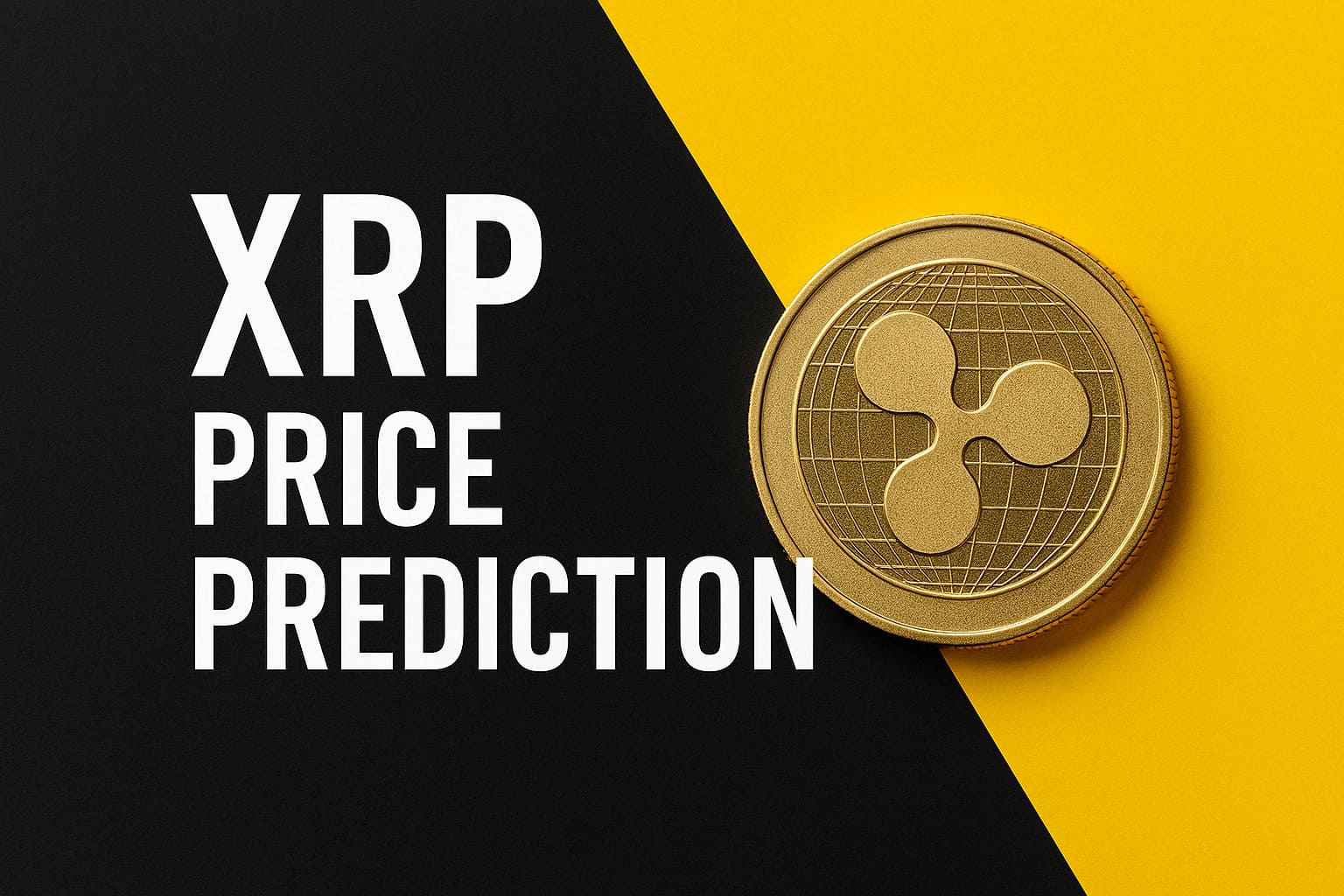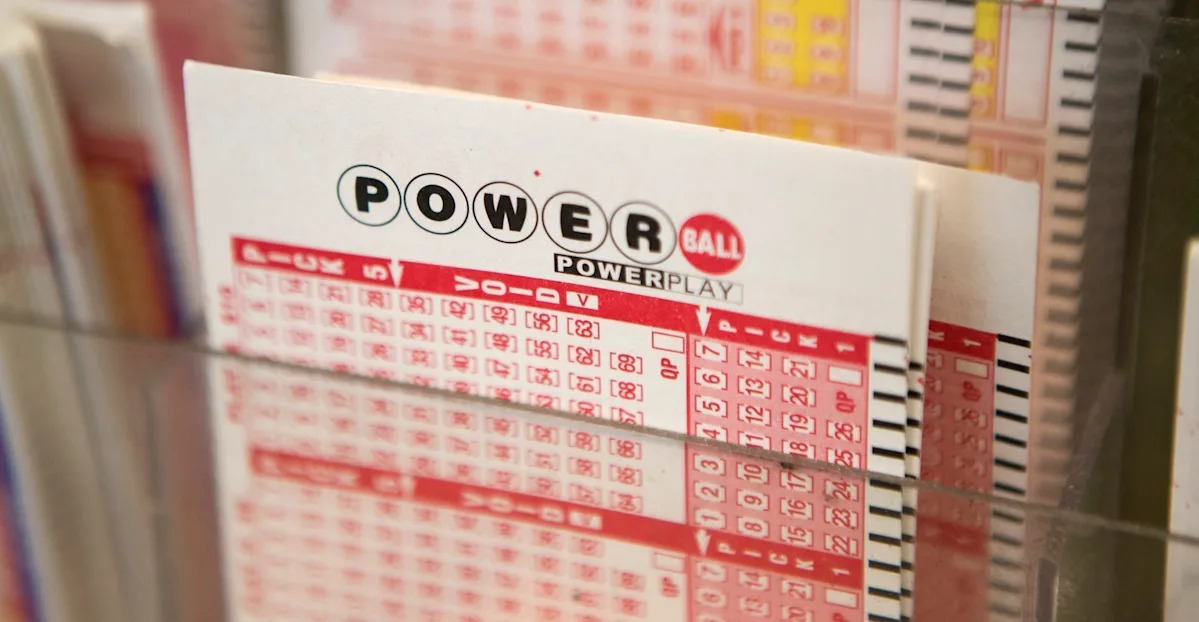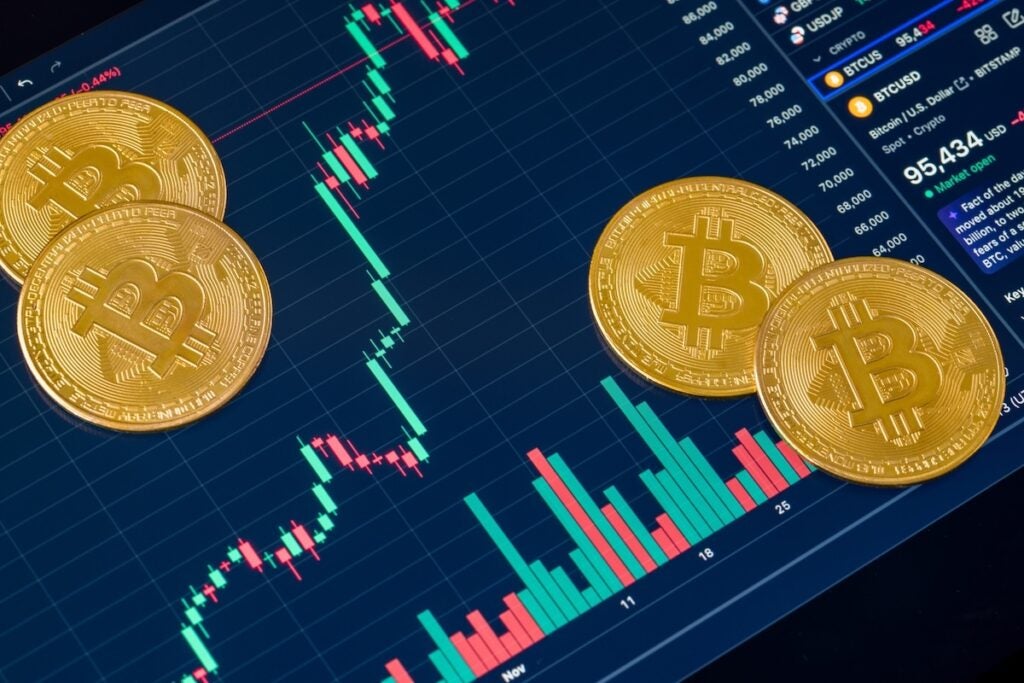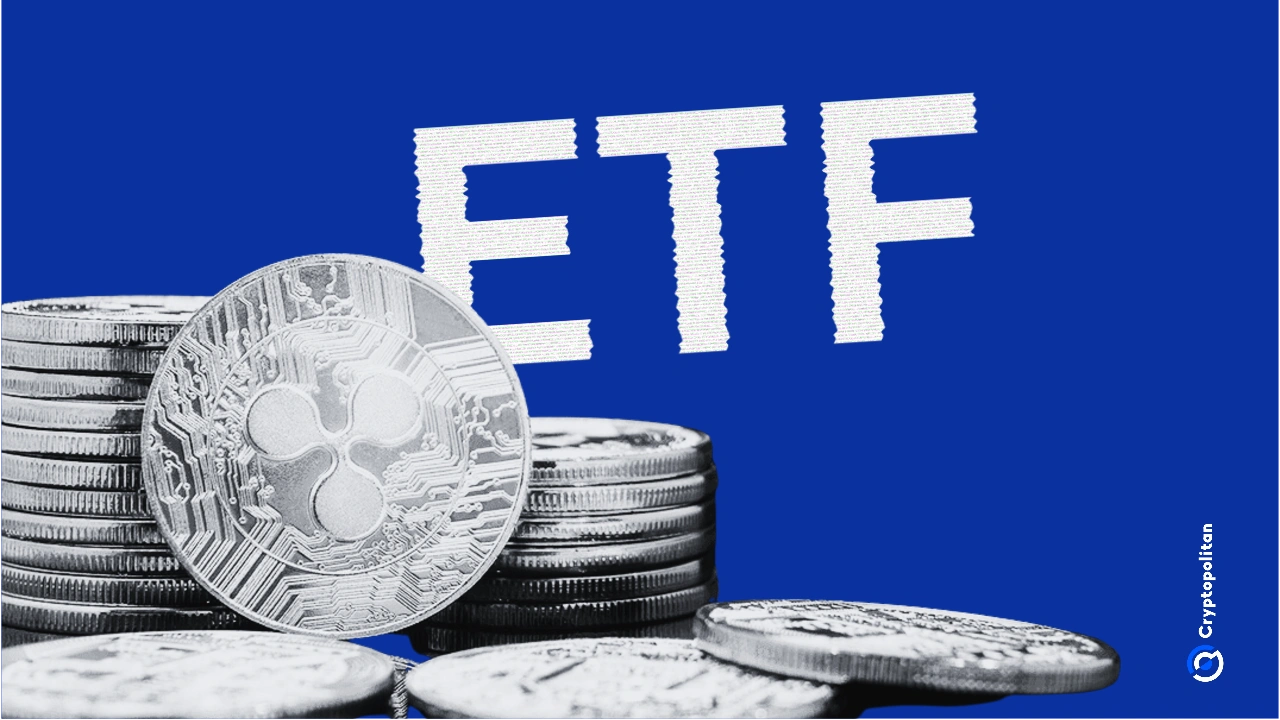
A Groundbreaking Shift in Crypto
Enter the REX-Osprey DOGE ETF (DOJE) and the REX-Osprey XRP ETF (XRPR)—two groundbreaking financial products birthed from the Investment Company Act of 1940. These ETFs are engineered to deliver regulated access to fan-favorite altcoins, capturing investor imagination even before their official entry into the market. Unlike conventional ETFs that physically hold cryptocurrencies, these innovative offerings delve into related securities, including international products tied to the values of Dogecoin and XRP. This unique structure empowers investors to engage with the price dynamics of these digital assets while sidestepping the headaches and risks associated with direct ownership.
The first day of trading turned heads, as both the Dogecoin and XRP ETFs shattered expectations with their unprecedented trading volumes. The XRPR ETF soared to an impressive $37.7 million, etching its name as one of the most successful ETF debuts ever recorded. Meanwhile, the DOJE ETF similarly astounded analysts with a remarkable $17 million in trading volume—an outcome that far surpassed optimism. Experts attribute this stellar performance to a pronounced appetite among investors eager to explore cryptocurrency through regulated channels.
Yet, as with any significant financial innovation, understanding the regulatory backdrop is essential. Registered under the “40 Act,” both the XRPR and DOJE ETFs offer a streamlined approval process compared to their traditional counterparts governed by the 33 Act. However, this swift route introduces its own complexities. This registration means that these ETFs do not directly own cryptocurrencies but rather invest through a Cayman Islands-based subsidiary managing the assets. As the regulatory landscape shifts and evolves, investors must remain vigilant, assessing the continually unfolding elements concerning transparency and risk.
The sensational launch and robust trading performance of these new Dogecoin and XRP ETFs hint at an optimistic horizon for the wider cryptocurrency market. Analysts share a collective hope that these offerings could act as a catalyst, paving the way for a wave of additional crypto ETFs to enter the fray. Particularly as the SEC appears poised to ease some approval barriers, the excitement surrounding these funds amplifies their potential to legitimize the cryptocurrency ecosystem, beckoning new investors and redefining the investment landscape.
Nevertheless, let’s not gloss over the compliance hurdles that lie ahead. The fragmented regulatory environment continues to complicate the merging of fiat and cryptocurrency transactions, putting Web3 startups at risk of unforeseen vulnerabilities. For companies operating in this space, robust strategies and strong security protocols are not just advisable; they are imperative. Without resilient financial management systems, navigating these complexities and managing cross-border operations could devolve into a gamble fraught with peril.
The emergence of the Dogecoin and XRP ETFs places investors at a crossroads in the U.S. cryptocurrency market. Their impressive initial trading figures are more than just numbers; they’re a clear indicator of growing investor interest in regulated crypto offerings. However, the complexities inherent in the regulatory frameworks of these ETFs present both significant opportunities and formidable challenges that require careful navigation. For those who are invested in the future of digital assets, understanding these dynamics will be crucial as the cryptocurrency landscape continues to evolve. The dawn of cryptocurrency exchange-traded funds has arrived, and the possibilities for growth and transformation are nothing short of exhilarating. As the market matures, so too do the prospects for astute investors eager to seize the moment.
Get started with Crypto effortlessly. OneSafe brings together your crypto and banking needs in one simple, powerful platform.
The launch of Dogecoin and XRP ETFs marks a significant milestone in cryptocurrency investment, showcasing impressive trading volumes and regulatory advancements.
Cardano's price targets soar as bullish indicators signal a potential surge between $5 and $8, backed by strong technical analysis and investor confidence.
The EU plans to centralize crypto market oversight by 2025 via ESMA, impacting compliance costs and crypto trading venues. Discover the potential shifts in the market.
Begin your journey with OneSafe today. Quick, effortless, and secure, our streamlined process ensures your account is set up and ready to go, hassle-free












